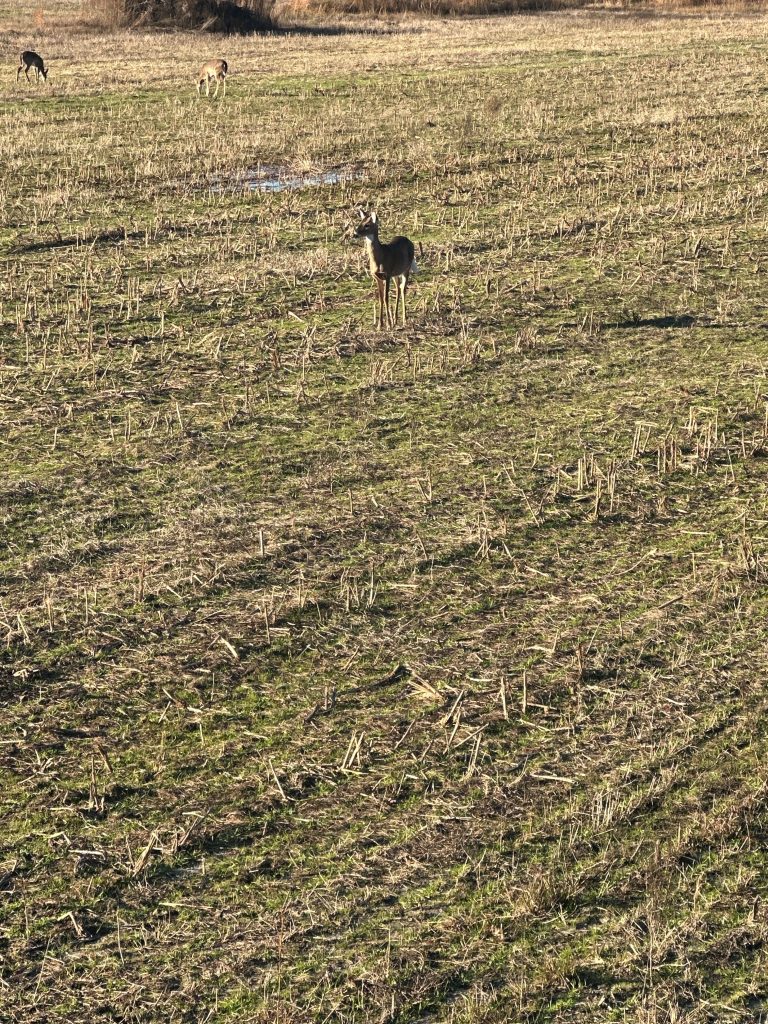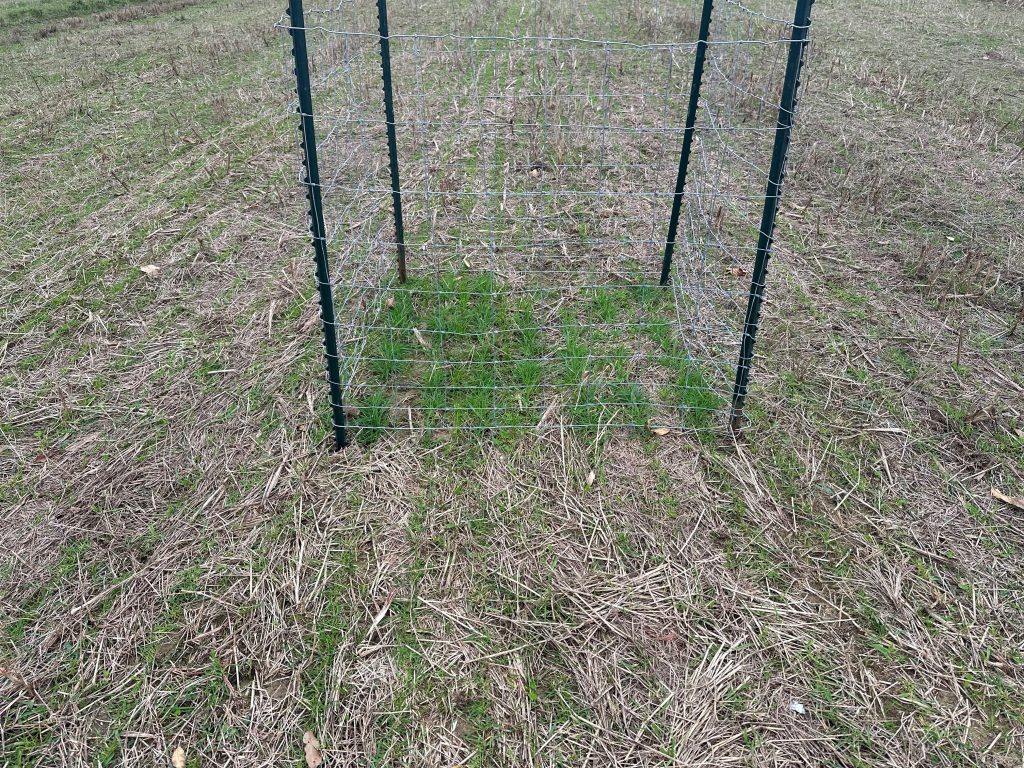For many of us in the Florida Panhandle, managing land for and hunting deer are two of the pastimes that we’ll spend the most time and money on each year. I greatly enjoy spending time in the woods and value the opportunity to fill the freezer with high-quality protein and occasionally hang a trophy rack on the wall. Managing a deer herd isn’t without its annoyances though. One of the main complaints I hear each winter from hunters is regarding their food plots not performing as well as they’d like. While all manner of things could be at fault, there are three common reasons for poor food plot performance and a few possible solutions to each – let’s take a look.

- Not doing your soil homework. Crops of all kinds, winter food plot forages like small grains, clovers, and ryegrass included, perform best when their pH and nutrition needs are met. The only way to ensure that your food plot plants’ needs are being met is to perform a soil test well before planting. Soil tests show the actual levels of various nutrients (N, P, K, and other essential elements) and pH in your food plots. It is important to remember that even if your soil fertility is adequate or you plan to get it there through fertilizer applications, those nutrients are only available for plants to uptake if your pH is correct (a pH of around 6.5 is ideal for winter grasses and legumes). If your pH is low and needs adjusting, make sure to apply lime several months in advance as it takes time to change your soil’s chemistry.
- Too small food plot size. Just like with grazing a cattle pasture, there is a finite amount of grazing pressure that food plots can support and many that I see are overgrazed. So, what can hunters do? If possible, the best solution is to enlarge small food plots to a minimum of ½ acre, preferably larger (1-5 acres). It’s not complicated – the plants we grow in winter wildlife food plots (small grains, ryegrass, clovers, etc.) are extremely palatable to deer and very nutritious. Combine that with greatly reduced native forage options in Panhandle winters, and a quality food plot will often draw large numbers of deer, in excess of what small food plots can bear. To be certain deer pressure is the issue and not poor growing practices, construct exclusionary cages for your food plots; these will allow you to see how your forages grow in the absence of grazing pressure. You might be surprised how good your grass looks with no deer on it and be motivated to increase food plot size accordingly.

- Not harvesting enough deer. Even when hunters do all the above correctly, forage performance sometimes lags. This can be a strong indication that too many deer are using the food plot. Stocking rates for deer are difficult to determine because there are many variables involved (native vegetation in your area, hunting pressure around you, etc.). However, if exclusionary cages show quality forage growth, food plots are adequately large, and your forage still struggles, it is likely as simple as too many deer using the forage available. Harvesting only a buck or two a year and no does isn’t going to solve the problem either. In this situation, the solution is often as simple as taking advantage of Florida’s anterless deer harvest periods (doe weekends) to harvest some does, applying for antlerless deer permits if your property meets the qualifications for that program, and filling your freezer with more tasty, nutritious venison.
While there can be many causes for poor winter food plot performance, most hunters can improve their forage situation by simply soil testing and amending accordingly ahead of planting, enlarging food plots where possible, and harvesting a few more deer than they have previously. For more information about winter food plots and any other wildlife management topic, contact your local UF/IFAS Extension office. Happy Hunting!
- Is it Colder than Last Year?What the Data Says. - January 17, 2025
- Florida’s Fall Foliage – Why 2024 Brought the Best Show in Recent History - December 20, 2024
- Poor Food Plot Performance – 3 Simple Solutions to Common Problems - January 12, 2024
